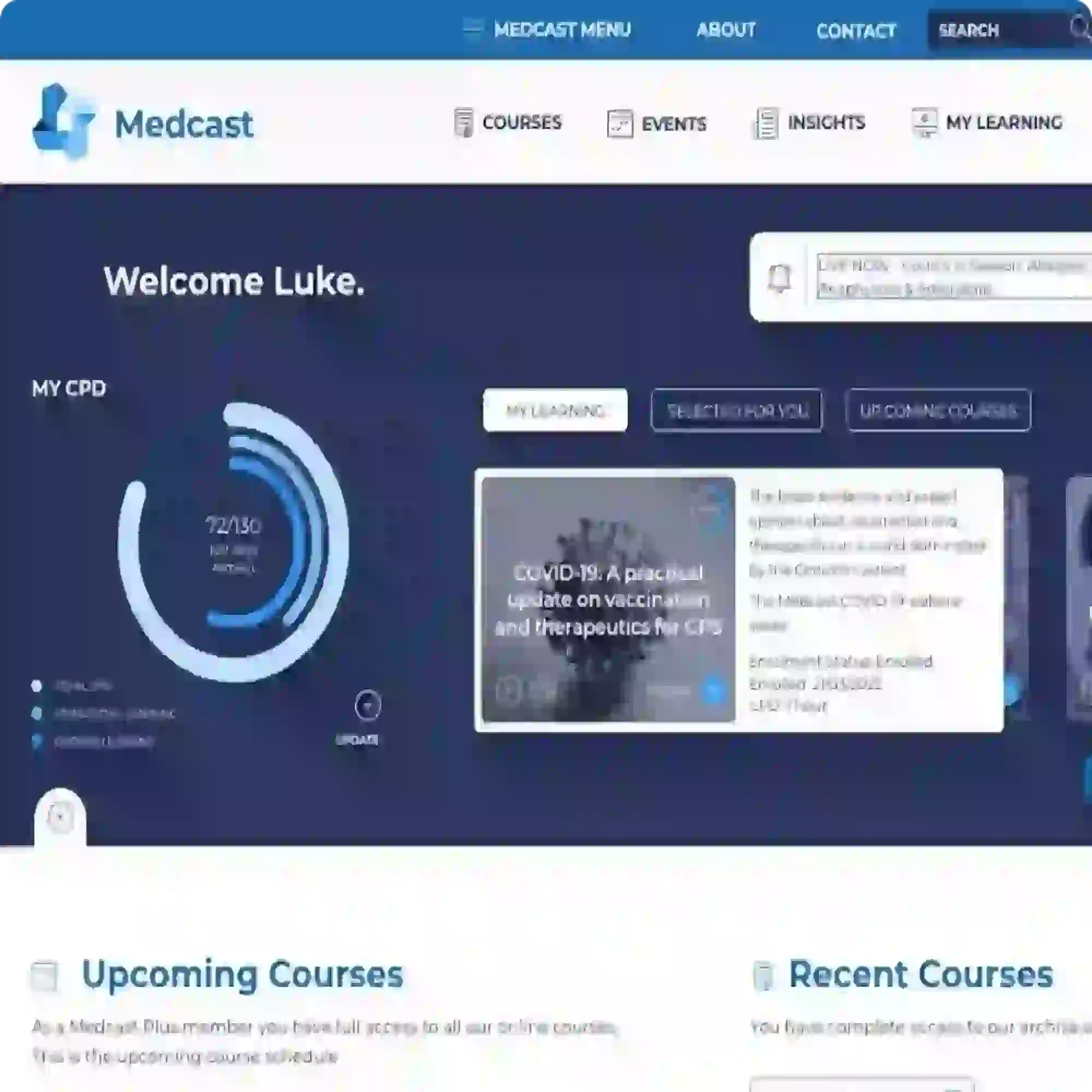Medcast news and blog
Analgesia Options in the Day Surgery Environment
Selecting appropriate analgesia is an important aspect of patient centred care in the day surgery and recovery room environment.
READ ON
While there are many triggers of anaphylaxis, one of the more unusual is mammalian meat allergy.
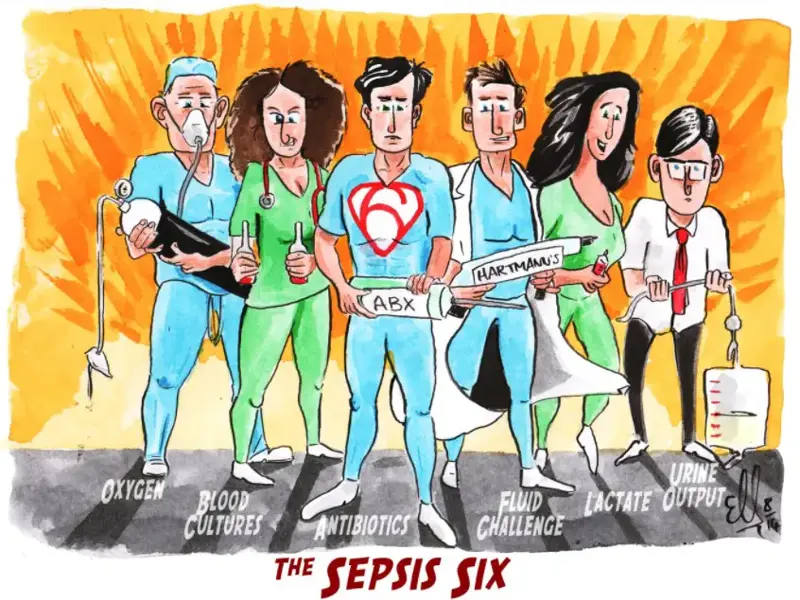
Sepsis is a life-threatening response to infection. Did you know that more than 18 000 Australians suffer from sepsis every year with more than 5000 deaths a year; this is twice the number of deaths due to traffic accidents.

Are we doing the right thing when we reach for paracetomol or ibuprofen in response to a fever, or does that fever have benefits in helping our body to fight the infection?
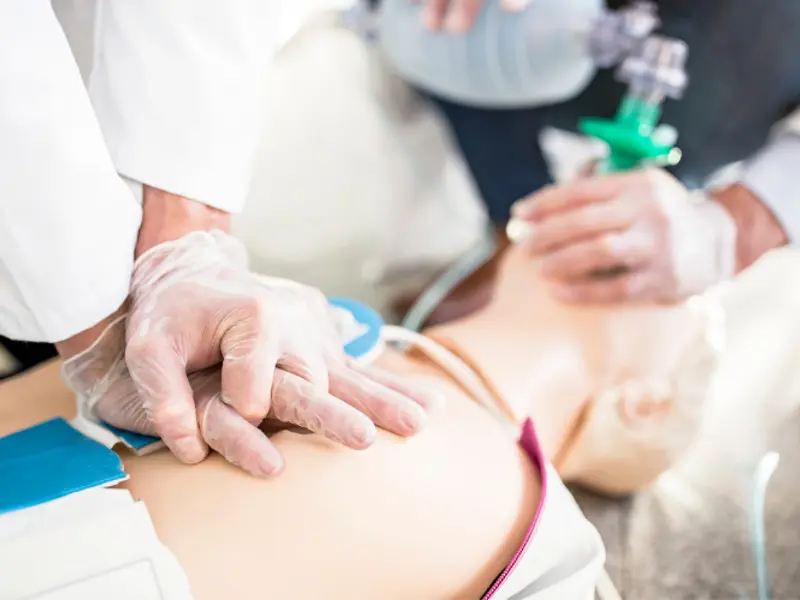
The increasing use of technology and move into online learning options has expanded the options for delivering education, including resuscitation education. Theory can now be delivered in high quality and engaging modes, and allow educators to focus on the practical skills that are necessary in resuscitation.

One of the most important assessment tools in rapid paediatric assessment is the central capillary refill time (CRT). It is quick, easy to perform and does not require any special equipment.
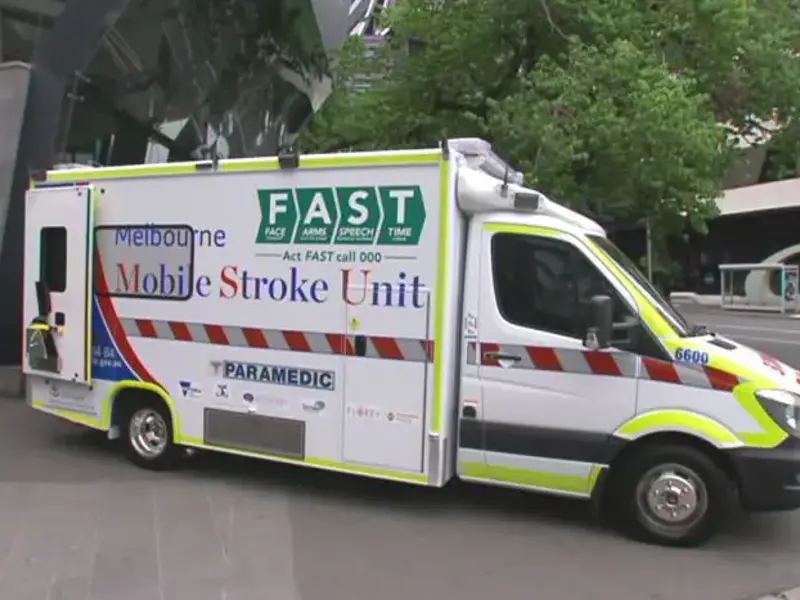
The opportunity to reduce time to thrombolysis or EVT has significantly reduced the risk of disability for patients who were were able to access the MSU, and improved transfer times to appropriate EVT hospital centres.
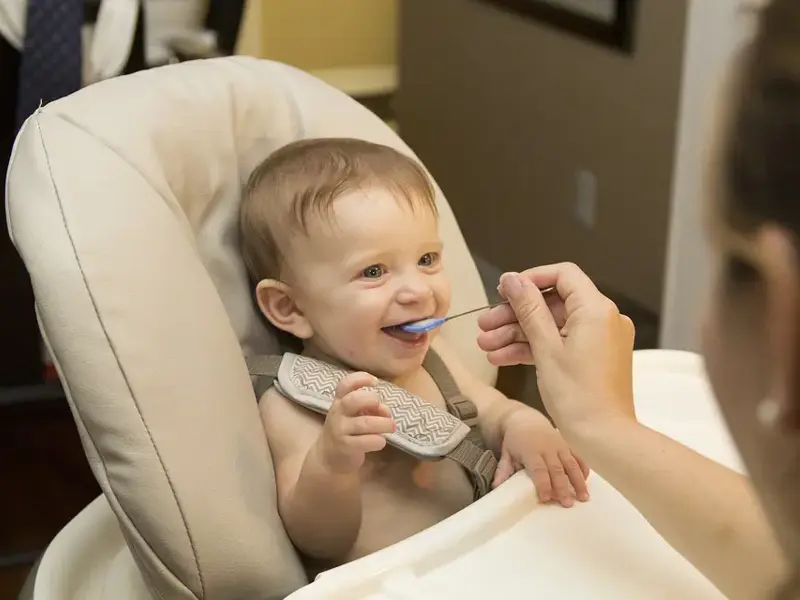
Australia saw a five fold increase in hospitalisation with anaphylaxis between 1995 and 2005, which sadly also saw an increase in the number of fatalities from anaphylaxis. The new infant feeding guidelines have had very positive results, with many parents and healthcare professionals embracing the change.
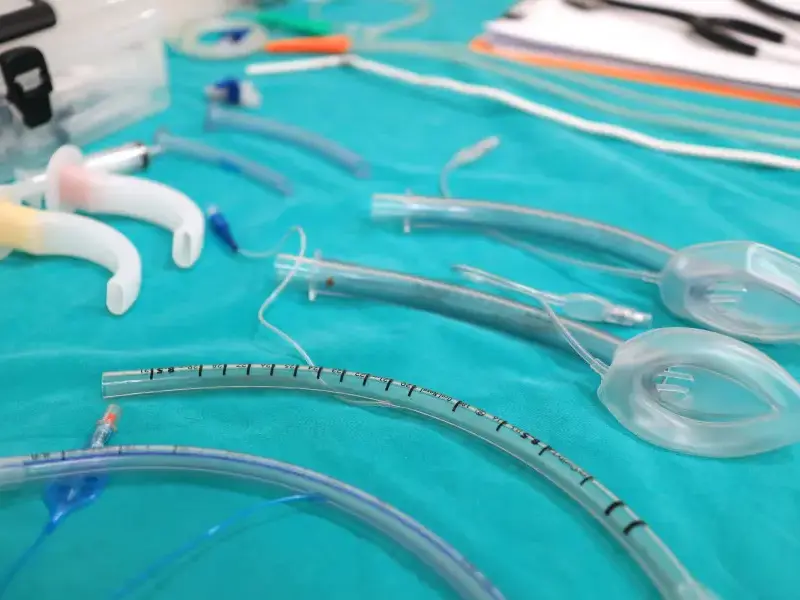
The Mallampati Score or Classification is a simple and easy to use tool that assists in predicting difficult endotracheal intubation.

Many healthcare processes have been re-evaluated in light of the current COVID-19 pandemic.
